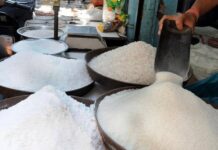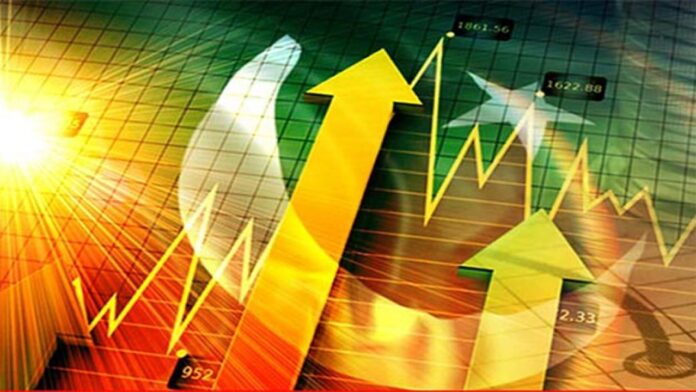ISLAMABAD: Unlike the International Monetary Fund (IMF) and World Bank estimates about Pakistan’s GDP growth, the National Accounts Committee (NAC) of the federal government on Friday estimated Pakistan’s GDP growth rate to hover around 3.94 per cent for the outgoing financial year.
The 103rd meeting of NAC which was held under the chairmanship of the Ministry of Planning, Development and Special Initiatives secretary to review the GDP, estimated the growth on the basis of estimates of the agricultural, industrial, and services sectors of the country, estimated to be growing at 2.77%, 3.57%, and 4.43%, respectively.
Earlier the government had estimated a GDP growth of 2.1 per cent for the fiscal year 2020-21. The IMF and the World Bank, on the other hand, had predicted the GDP growth in the range of 1.5 per cent for the current fiscal year.
The increased wheat production, 26.2 million tonnes estimated by the federal government for the current fiscal year, had also contributed to the growth of GDP.
During the meeting, the provisional estimates of the GDP and Gross Fixed Capital Formation (GFCF) for the year 2020-21 were presented on the basis of 6-9 months which were annualized.
As per the official data, the agriculture sector grew by 2.77% in 2020-21 as against 3.31% in 2019-20. The growth of important crops during the year was 4.65% on the back of the historic production of wheat, rice, and maize, while sugarcane registered the second-highest production.
The growth in the production of wheat, rice, sugarcane, and maize was at 8.1%, 13.6%, 22.0%, and 7.38%, respectively. However, cotton witnessed negative growth of 22.8%, which resulted in a 15.6% decline in cotton ginning. Other crops (vegetables, fruits, and green fodder, etc.) showed positive growth of 1.41% mainly because of an increase in the production of oilseeds and vegetables.
The livestock sector registered a growth of 3.1% whereas forestry grew at 1.4%.
In the industrial sector, the growth was recorded at 3.57%. The value-addition in the mining and quarrying sector declined by 6.5%.
The large-scale manufacturing (LSM) sector, which is driven primarily by QIM data from July 2020 to March 2021, showed an unprecedented growth of 9.29%. Major contributors to this growth were textiles (5.9%), food, beverages and tobacco (11.73%), petroleum products (12.71%), pharmaceuticals (12.57%), chemicals (11.65%), non-metallic mineral products (24.31%), automobiles (23.38%), and fertilizer (5.69%).
The electricity and gas sub-sector declined by 22.96% mainly due to lower allocation of subsidies by the government to DISCOs, low increase in output, and a higher proportional increase in intermediate consumption. The construction activity increased by 8.34% mainly due to an increase in general government expenditure and private sector construction-related expenditures.
Apart from agriculture and industrial sectors, the services sector has remained a major growth driver for many years and this year too, it witnessed a growth of 4.43% in the provisional estimates. While the wholesale and retail trade sector grew by 8.37% primarily because of an increase in the marketable surplus, the transport, storage, and communication sector declined by 0.61%.
The finance and insurance sector showed an increase of 7.84%. The remaining components of services, housing, general government, and other private services have witnessed a positive growth of 4.01%, 2.20%, and 4.64%, respectively.
According to the officials, the GDP at current market prices has also been computed and stands at Rs47,709 billion for 2020-21. This shows a growth of 14.8% over Rs41,556 billion for 2019-20. The per capita income for 2020-21 has been calculated as Rs246,414, showing a growth of 14.6% over Rs215,060 during 2019-20.
The per capita income in dollars increased by 13.4% from $1,361 in 2019-20 to $1,543 in 2020-21.
According to sources at the ministry of planning and development, after the meeting of NAC, a meeting of the Annual Plan Coordination Committee (APCC) will be held next week to finalise the national development outlay for the upcoming fiscal year.
The APCC is likely to meet on May 26 which will review the ongoing fiscal year and proposed annual plan/PSDP for 2021-22. The meeting of the APCC will review the annual plan/PSDP 2020-21 and proposed annual plan/PSDP 2021-22.
The final decision on the NAC and APCC recommendations will be made by another body, the National Economic Council (NEC).
























